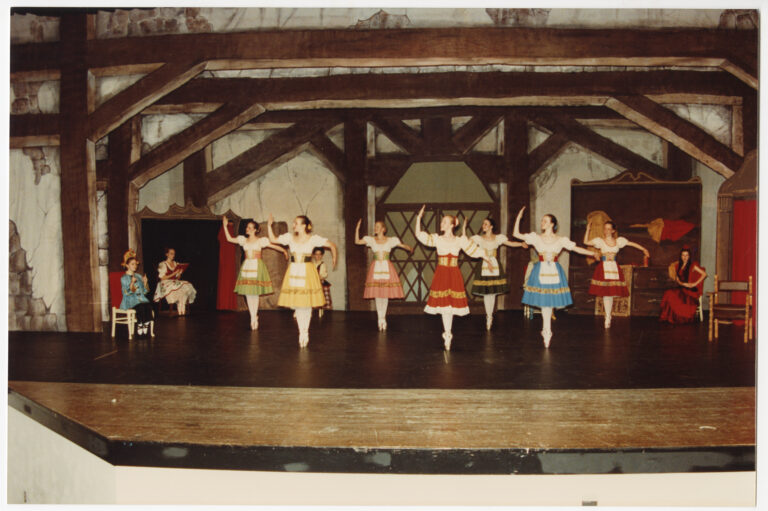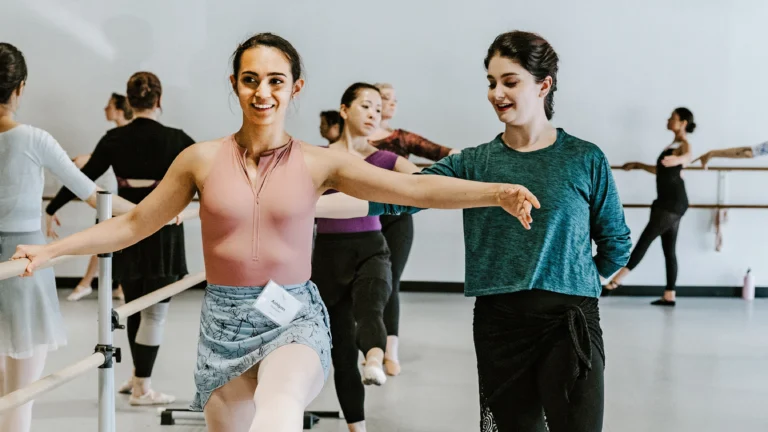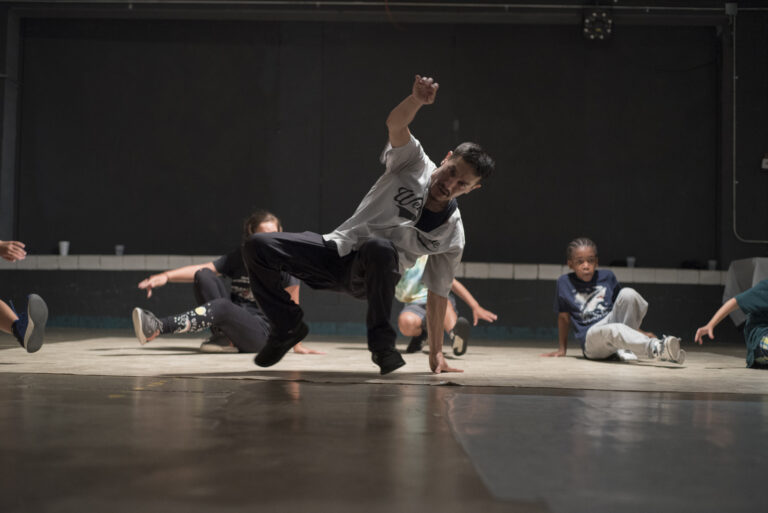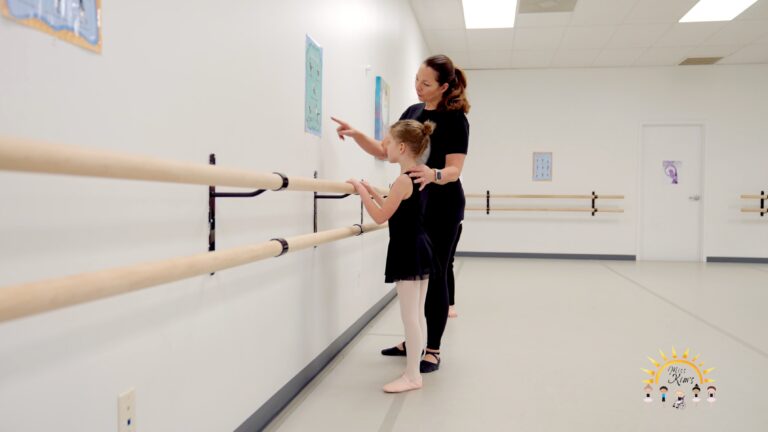
Two seasons ago, Francisco Gella, choreographer and 24 Seven Dance Convention faculty member and judge, witnessed a group of tiny dancers shaking to “Money” from Cabaret, complete with fake currency attached to costumes that included bustiers and garter belts. “It did affect their score negatively; we consider appearance, costumes and confidence, all of which come together in a situation like this,” Gella says.
“Some teachers thank me for my remarks, while others just never come back,” he says. “We may have become desensitized about overt sexuality, because we can get lost in the process.” But it can be a reality check, he says, to watch the reaction of the general public when they see these tiny tots parading around in their skimpy attire at the hotel or a nearby Starbucks.
Scoring, of course, involves a variety of factors, and judges must weigh their decisions. “It depends on whether it’s only an issue of costume or only inappropriate content—or the combination of both,” says Gella. “If the dance is executed phenomenally, it will still tend to score high, based on the performance. But as judges, we do point out why we feel a costume may be inappropriate or if the choreography is too graphic for the age of the dancer.”
But when music, moves and costumes are all inappropriate, Gella will judge the number harshly. “I would go as far as penalizing it one award category lower,” he says. “Things get a bit tricky, because if that inappropriate dance wins, it sends a message that judges condone those types of dances.”
As dance teachers, we have a powerful influence on the dancers with whom we work, and it is important to remember that we are the ones who set the standards, not the dancers. Here’s what five judges and one studio owner had to say about where to draw the line on costumes, music and moves that are age-appropriate.
DO:
Pick appropriate music.
“Music should be something a dancer relates to. Seeing an 11-year-old emote to a song about reflection upon life or true love does not make sense. How are they expected to honestly relate to that?”—Adam Cates, Broadway choreographer and judge with Dancers Inc., Spotlight Dance Cup and Dance Masters of America
“At the end of the day you are paying to be judged. I often find myself wishing the teacher spent more time listening to the music—and, more importantly, the lyrics to the song that 7- to 12-year-olds are dancing to. Several times while I am sitting in a judge’s chair, I am disappointed, thinking, ‘Why would this teacher let these minis dance to this song?’ It’s so important to make sure that the students know exactly what the song is about, the exact lyric on specific moves and how they are interpreting the song.” —choreographer Joey Dowling of New York City Dance Alliance (NYCDA)
Choose appropriate costumes.
“There was one group I remember who came out with push-up bras and lace panties. They were wearing men’s white shirts over them with jewels dripping down their chests. We disqualified the number because we felt the costumes were so inappropriate.” —Jim Keith, judge with Headliners Competition, StarQuest and Cathy Roe Ultimate Dance Competition and president of The Movement Talent Agency
“The costume should never detract from the piece—it should only add. We want the focus totally on the dancers, not just what they’re wearing.” —Heather Southwell, artistic director of Keegan Dance Company in Titusville, FL
“Make sure your shoes are appropriate for the number. I saw a group do a Fosse-type number with jazz sneakers and it just didn’t work.” —Joey Zarzecki, judge for Starpower, Dance Ovations and Spotlight Dance Cup
“Flattery matters. If we can’t select one style that flatters all the dancers in a particular number, we will create variations of the look. Dance is an art, and the dancer’s body is the facility through which the art is expressed, so we do sometimes opt for midriff-baring costumes when appropriate. But there’s a time and a place for it, and age-appropriateness must always be considered.” —Southwell
“I will see parents and teachers screaming with enthusiasm when their tiny students are dancing in bikini tops and shorts. They obviously think it’s OK. For younger ones, it is really more about the teachers and parents, because they are making or allowing the costume choices.” —Dowling
DON’T:
Be risqué.
“I was judging a large teen hip-hop number. It started out great, but then the dancers did a move where they pulled down their oversized pants and exposed that they were wearing skimpy red thong-ish underwear while doing hip thrusts. It was vulgar and unnecessary for a dance competition full of children.” —Cates
“The suggestive/inappropriate moves/choreography do have an effect on my overall score. Some studios try to do suggestive moves to cover up the fact that they are not trying to push their technique. Twerking is not appropriate for a 17-year-old. They have no idea what it means. These are the best kids at the studio and that affects the younger students.” —Dowling



